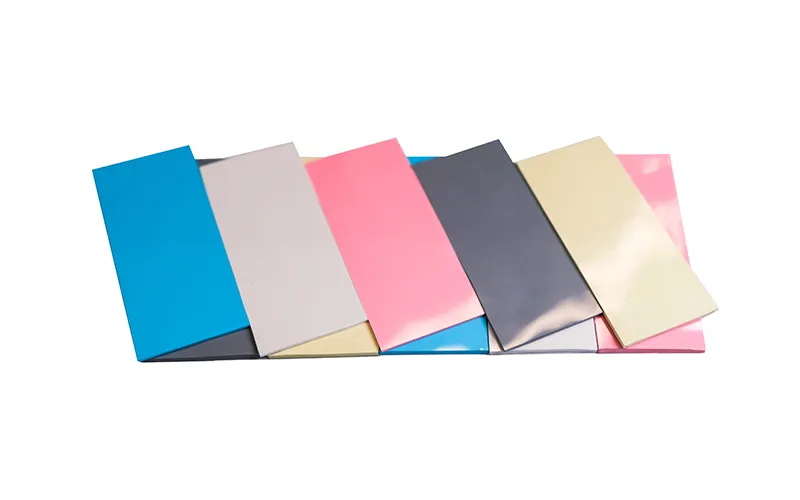Silicone Thermal Pads and Non-Silicone Thermal Pads
- Posted on:2023-12-19 14:19:00
- Source:AOK Thermal Pad Manufacturer Company News
Silicone thermal pads and non-silicone thermal pads are two types of thermal interface materials (TIMs) used for heat transfer between electronic components and heat sinks. The main difference between them lies in the composition of the materials used.
Silicone thermal pads
Silicone thermal pads are made of silicone elastomer materials that are filled with thermally conductive fillers such as metal oxides or ceramics. Silicone pads are known for their soft and flexible nature, which allows them to conform to uneven surfaces and provide good thermal contact. They offer good thermal conductivity and electrical insulation properties, making them suitable for a wide range of electronic applications. Silicone thermal pads are generally more cost-effective and provide good performance in most thermal management scenarios.
Non-silicone thermal pads
Non-silicone thermal pads are typically made of materials other than silicone, such as thermally conductive polymers or phase change materials. These pads often consist of a matrix material filled with thermally conductive particles. Non-silicone pads can offer higher thermal conductivity compared to silicone pads, making them suitable for applications requiring higher heat dissipation. They may also have specific properties like low hardness, high conformability, or phase change capabilities, depending on the specific composition.
Composition: Silicone pads are made of silicone elastomer filled with thermally conductive fillers, while non-silicone pads use materials other than silicone, such as thermally conductive polymers or phase change materials.
Thermal conductivity: Non-silicone pads often have higher thermal conductivity compared to silicone pads, allowing for better heat transfer.
Properties: Silicone pads provide flexibility, conformability, and electrical insulation properties, while non-silicone pads may have additional properties like low hardness, high conformability, or phase change capabilities.
The choice between silicone and non-silicone thermal pads depends on the specific requirements of the application, such as thermal conductivity, conformability, electrical insulation, cost, and other factors. It's important to consider the thermal management needs and consult the thermal pad manufacturer's guidelines when selecting the appropriate thermal pad for a particular application.
If you would like to learn more about AOK performance thermal materials, please visit our website at www.aok-technologies.com


